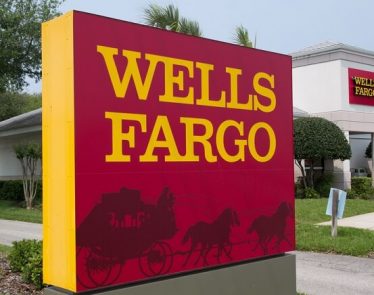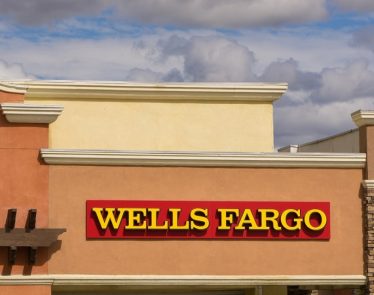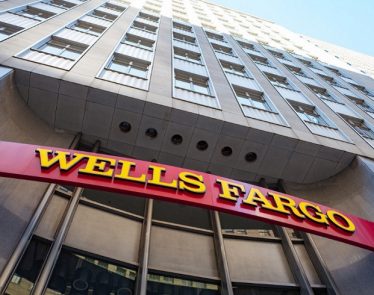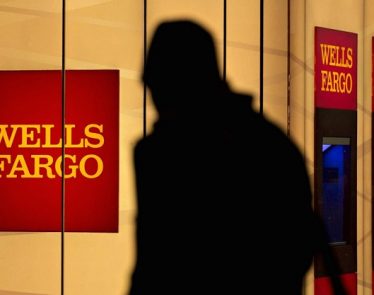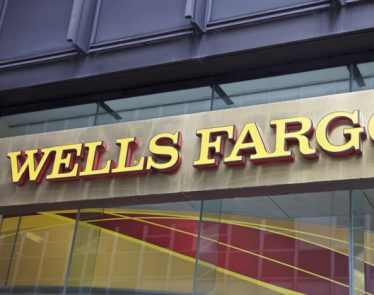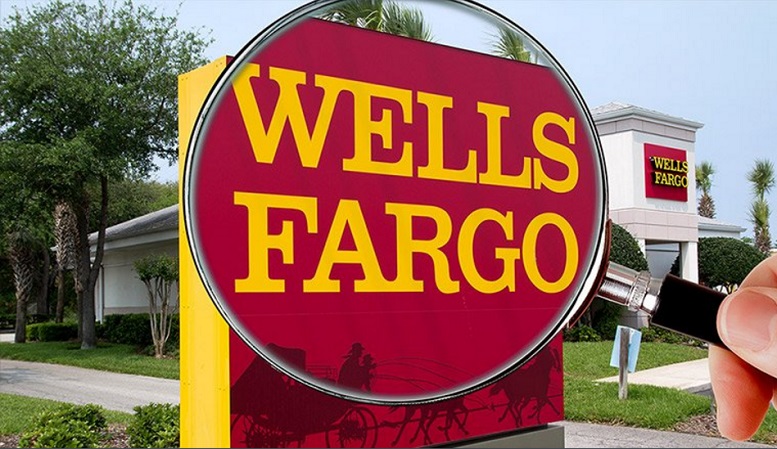
Beginning 12 months ago, when regulators revealed a massive multi-year sales scandal that had taken place at the bank, Wells Fargo (NYSE:$WFC) has had a rough year. But do not be fooled; the California-based bank is still a contender for investment — especially for dividend investors.
Let’s look at several metrics to see why.
Dividend Yield
This term is used to measure how much a stock pays in dividends each year relative to its share price. Wells Fargo has seen $1.56 per share over the trailing 12 months. Its shares are currently priced at %50.97 each. By dividing the former by the latter, Wells Fargo’s dividend yield is 3%. The average yield on the S&P 500 is 2%, meaning Wells Fargo experiences a very healthy yield. Actually, out of the 20 largest banks, shares of Wells Fargo have the highest.
Dividend Growth
Perhaps the second most important metric to dividend yield is dividend growth. This term measures the growth rate of a particular stock’s quarterly distribution. While Wells Fargo increased its dividend earlier this year by a smaller amount than most of its peers — indeed, it was only a penny, from $0.38 to $0.39 — it’s more important to look at the company’s past record. Wells Fargo has increased its dividend per share every year since 2010. This increases the bank’s likelihood of consistent increases for the future.
Dividend Payout
The final metric that contributes to the value of dividend investing is the payout ratio. This measures the percent of income that a company pays out in dividends each quarter. To put it in simpler terms, a lower ratio is better than a higher ratio from the perspective of future dividend growth. On average, most banks seek to distribute at least a third of their income to shareholders, while attributing a third to buy back stock, and retaining the final third to fund organic growth. Wells Fargo incurred a 41% payout of its earnings over the last 12 months, against an average of 30$ among the nation’s 20 biggest banks.
All in all, while Wells Fargo has its weaknesses as a dividend investment option, its strengths mitigate many of those metrics. Specifically, the high payout ratio will mean that the dividend won’t grow as quickly as its peers, but its voluptuous yield, combined with its consistent annual increases, will mean Wells Fargo is a valuable long-term, income investor stock.
Featured Image: twitter




